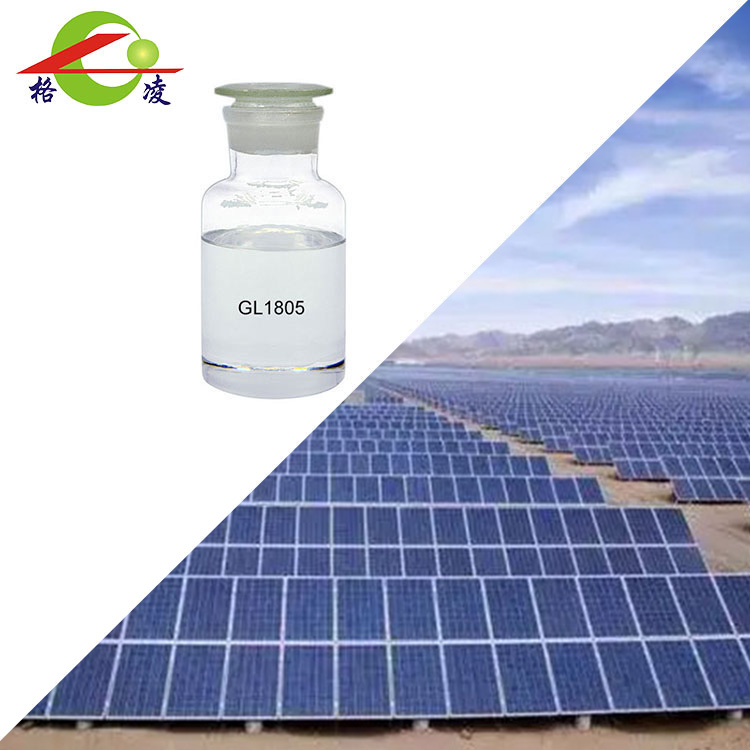Unraveling the Mysteries of Polythiol: Methods for Characterizing Molecular Structure and Properties
2024-03-27
Polythiol-based materials, with their diverse applications and unique properties, stand at the forefront of materials science innovation. Understanding the molecular structure and properties of polythiols is essential for optimizing their performance and unlocking their full potential across various industries. In this blog post, we embark on a journey to explore the methods used for characterizing the molecular structure and properties of polythiol-based materials, shedding light on the techniques that enable researchers and engineers to unravel the mysteries of these versatile polymers.
1. Spectroscopic Techniques:
Spectroscopic methods provide valuable insights into the molecular structure and chemical composition of polythiol materials. Some commonly used spectroscopic techniques include:
- Infrared Spectroscopy (FTIR): FTIR spectroscopy is used to analyze the functional groups present in polythiol molecules by measuring the absorption of infrared radiation. It provides information about bond vibrations, chemical functional groups, and molecular conformations, allowing researchers to identify specific chemical moieties and characterize polymer structure.
- Nuclear Magnetic Resonance (NMR) Spectroscopy: NMR spectroscopy is a powerful tool for elucidating the molecular structure and dynamics of polythiols at the atomic level. By analyzing the chemical shifts and coupling patterns of nuclei in polythiol molecules, NMR spectroscopy provides information about connectivity, stereochemistry, and molecular interactions.
2. Thermal Analysis Techniques:
Thermal analysis techniques are used to investigate the thermal behavior, stability, and transitions of polythiol-based materials under different temperature conditions. Key thermal analysis methods include:
- Differential Scanning Calorimetry (DSC): DSC measures the heat flow associated with thermal transitions such as melting, crystallization, and glass transitions in polythiol materials. It provides information about phase transitions, thermal stability, and energy storage/release processes, helping to characterize the thermal properties of polythiol polymers.
- Thermogravimetric Analysis (TGA): TGA is employed to study the thermal degradation behavior and decomposition kinetics of polythiol materials as a function of temperature. By monitoring changes in sample weight as a function of temperature, TGA enables researchers to assess the thermal stability, decomposition temperature, and degradation pathways of polythiol polymers.
3. Rheological and Mechanical Analysis:
Rheological and mechanical analysis techniques are used to evaluate the viscoelastic properties, flow behavior, and mechanical performance of polythiol-based materials. These techniques include:
- Dynamic Mechanical Analysis (DMA): DMA measures the mechanical properties of polythiol materials as a function of temperature, frequency, and strain amplitude. It provides information about elastic modulus, storage modulus, loss modulus, damping behavior, and viscoelastic transitions, offering insights into material stiffness, flexibility, and damping characteristics.
- Rheometry: Rheometry is used to characterize the flow behavior and viscosity of polythiol formulations under different shear conditions. By measuring the stress response of polythiol materials to applied deformation, rheometry helps to assess material flowability, shear thinning behavior, and processing suitability for various applications.
4. Microscopic and Imaging Techniques:
Microscopic and imaging techniques enable researchers to visualize the morphology, structure, and surface characteristics of polythiol-based materials at the micro- and nano-scale. These techniques include:
- Scanning Electron Microscopy (SEM): SEM allows for high-resolution imaging of polythiol surfaces and microstructures, providing detailed information about morphology, particle size, dispersion, and surface topography. It is useful for assessing the homogeneity, morphology, and interfacial interactions in polythiol-based composites and coatings.
- Atomic Force Microscopy (AFM): AFM provides topographical and mechanical characterization of polythiol surfaces at the nanoscale, offering insights into surface roughness, adhesion, and mechanical properties. AFM imaging can reveal structural features, defects, and surface modifications in polythiol materials with high spatial resolution.
Conclusion:
In conclusion, a diverse array of characterization techniques is available for unraveling the molecular structure and properties of polythiol-based materials. By leveraging spectroscopic, thermal, rheological, and microscopic methods, researchers and engineers can gain invaluable insights into the chemical composition, structure, morphology, thermal behavior, mechanical performance, and surface properties of polythiol polymers. These characterization techniques play a crucial role in optimizing material formulations, understanding structure-property relationships, and advancing the development of polythiol-based materials for a wide range of applications in industries such as coatings, adhesives, electronics, biomedical engineering, and more. As the field of materials science continues to evolve, innovative characterization techniques will continue to drive progress and innovation in the fascinating realm of polythiol chemistry.


